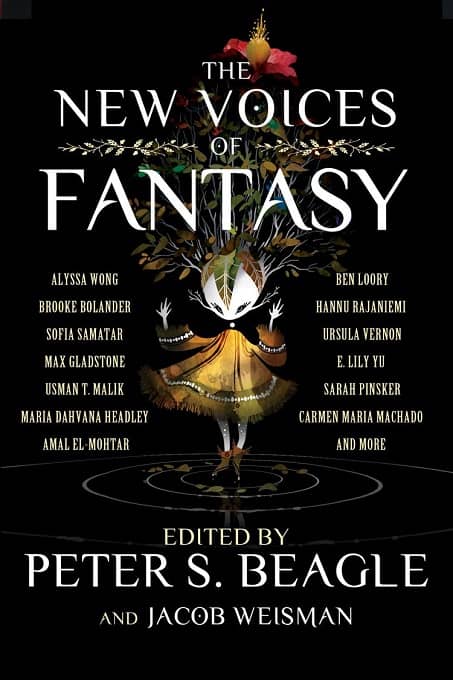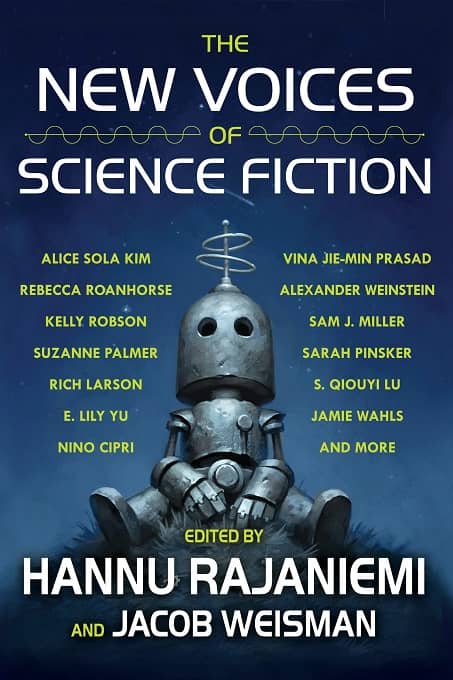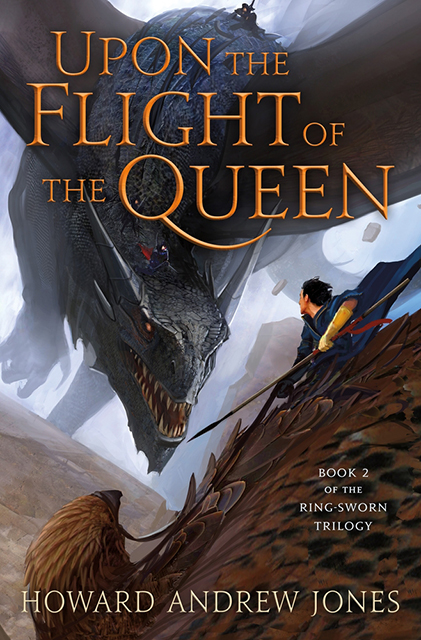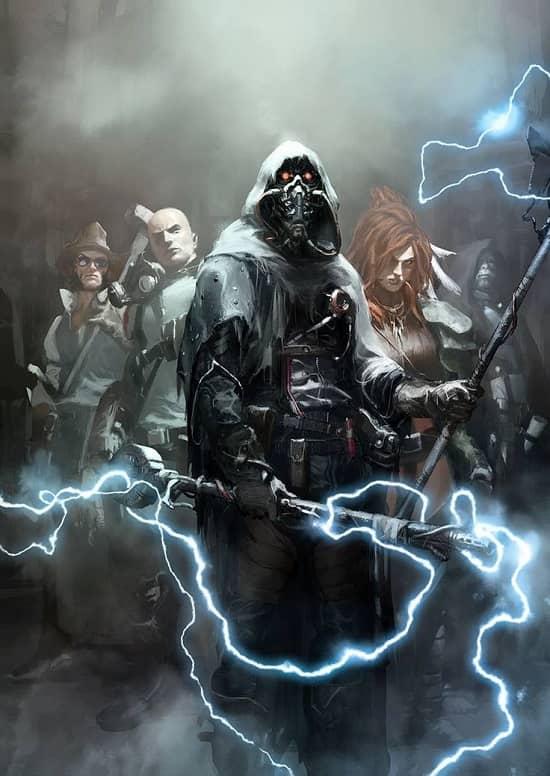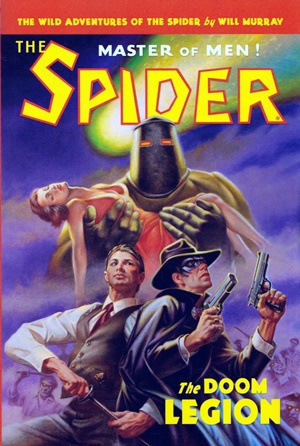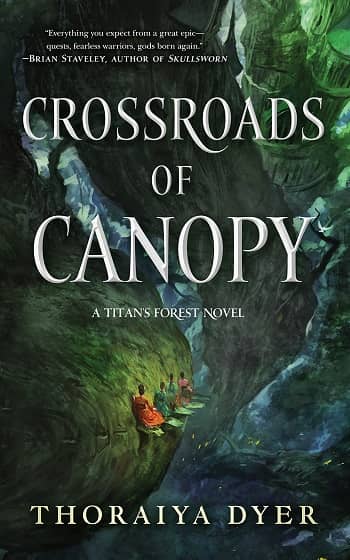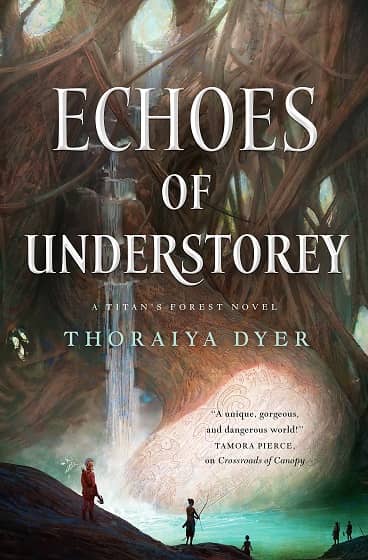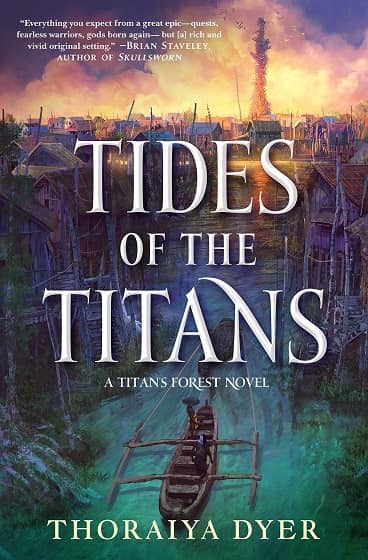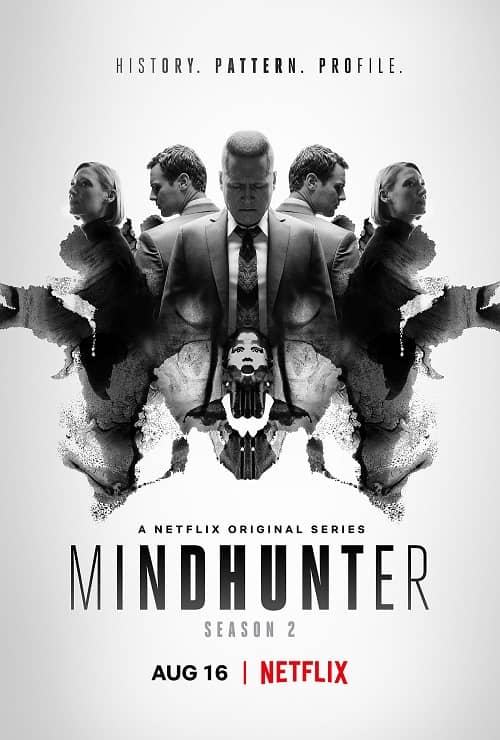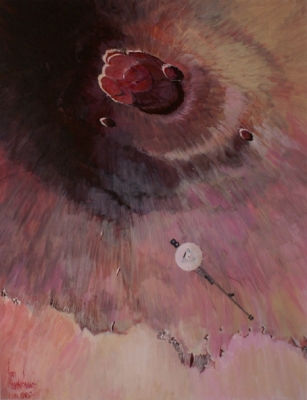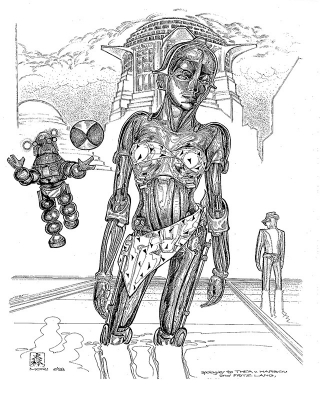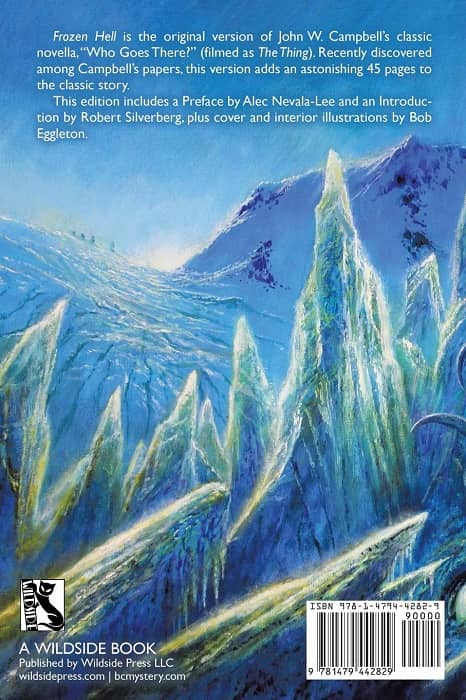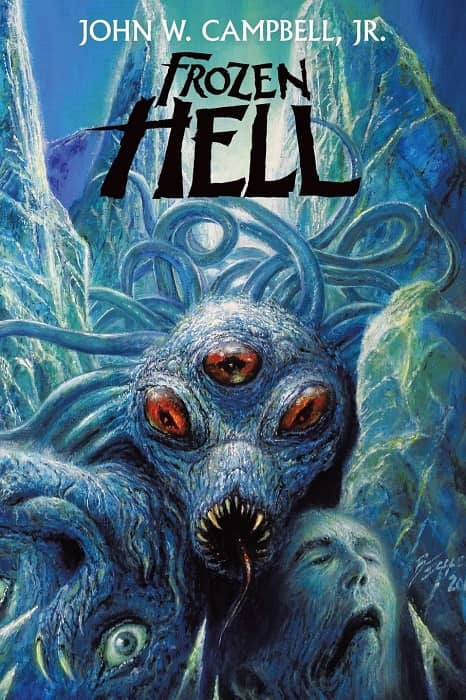Tor.com on Six-Guns and Strange Shooters
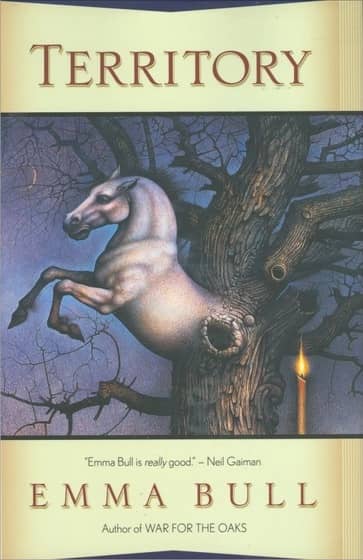 |
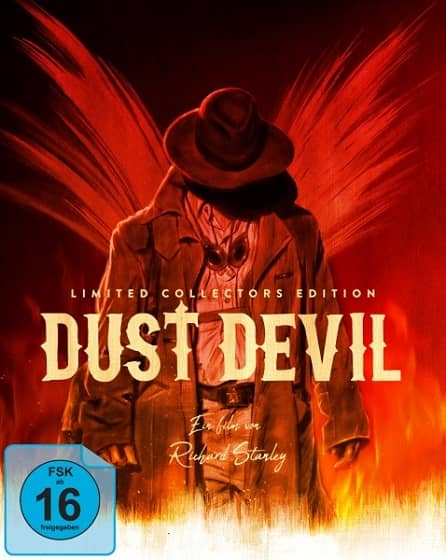 |
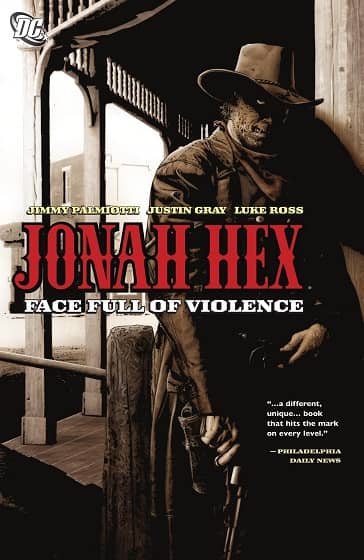 |
It’s been a very good year for science fiction, horror, and dark fantasy, and overall I am content. But, you know, I’m never totally content, because really, what’s the point of that? This year my crankiness originates from a near total lack of Weird Westerns. It’s like the genre dried up and blew away in the wind in 2019.
At least there are a few Weird West books, movies and comics to fall back on. Earlier this year at Tor.com Theresa DeLucci shared her picks of some of the best in Six-Guns and Strange Shooters: A Weird West Primer, and she managed to point out more than a few I haven’t tried yet, including Emma Bull’s fantasy retelling of the gunfight at the O.K. Corral, Territory, and the 1990 film Dust Devil. And she reminded me I need to read more Jonah Hex. Here’s what she said about everyone’s favorite creepy gunslinger.
Forget the terrible movie. (You know Josh Brolin wishes he could.) The original 1977 DC comic is considered one of the first popular representations of the Weird West. The bounty hunter marked by a demon’s brand seeks out the West’s worst and also, sometimes, less earthly quarry. He also sometimes time travels and gets into a gun-fight with a T-Rex. Jonah Hex‘s best and creepiest run was written by east Texan horror master Joe R. Lansdale and come highly recommended.
Theresa also showcases The Etched City by K.J. Bishop, the Golgotha novels by R. S. Belcher, the great Deadlands: Reloaded RPG, and much more. Check out her article here.
See all our coverage of the best of the Weird West here.
